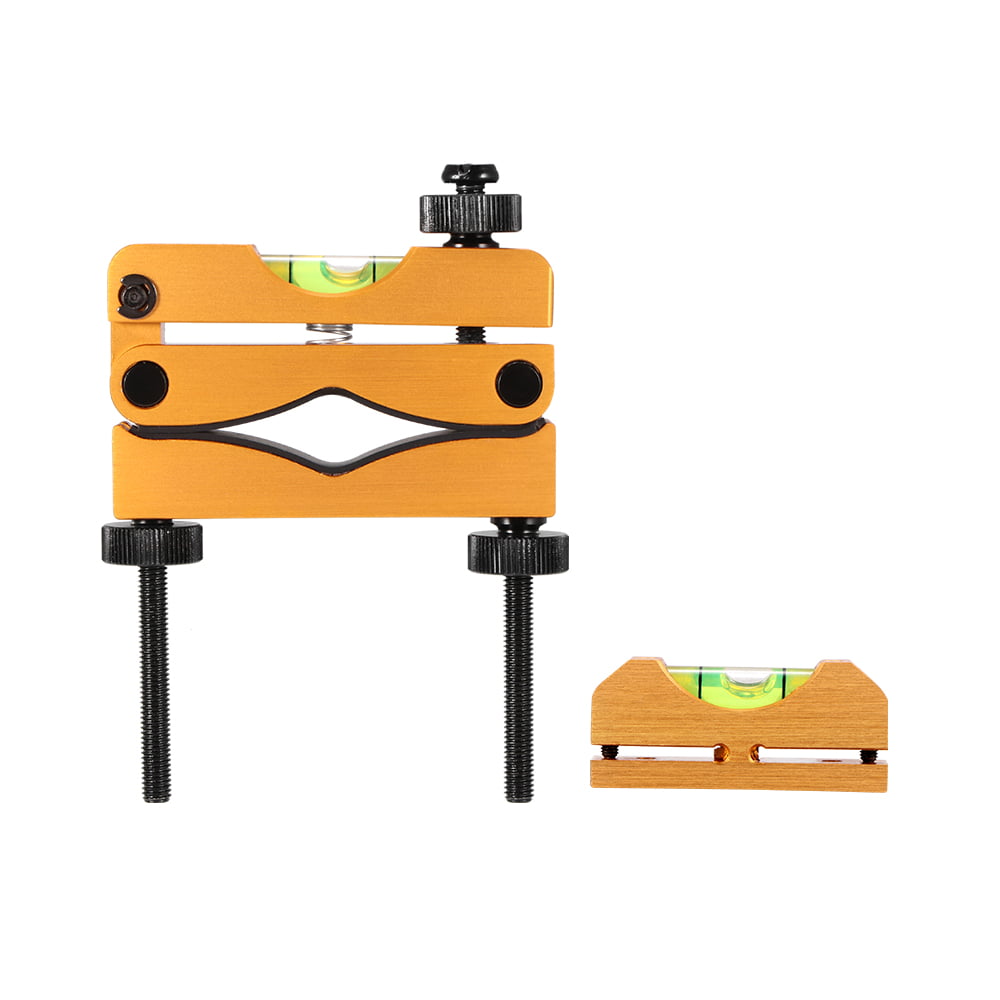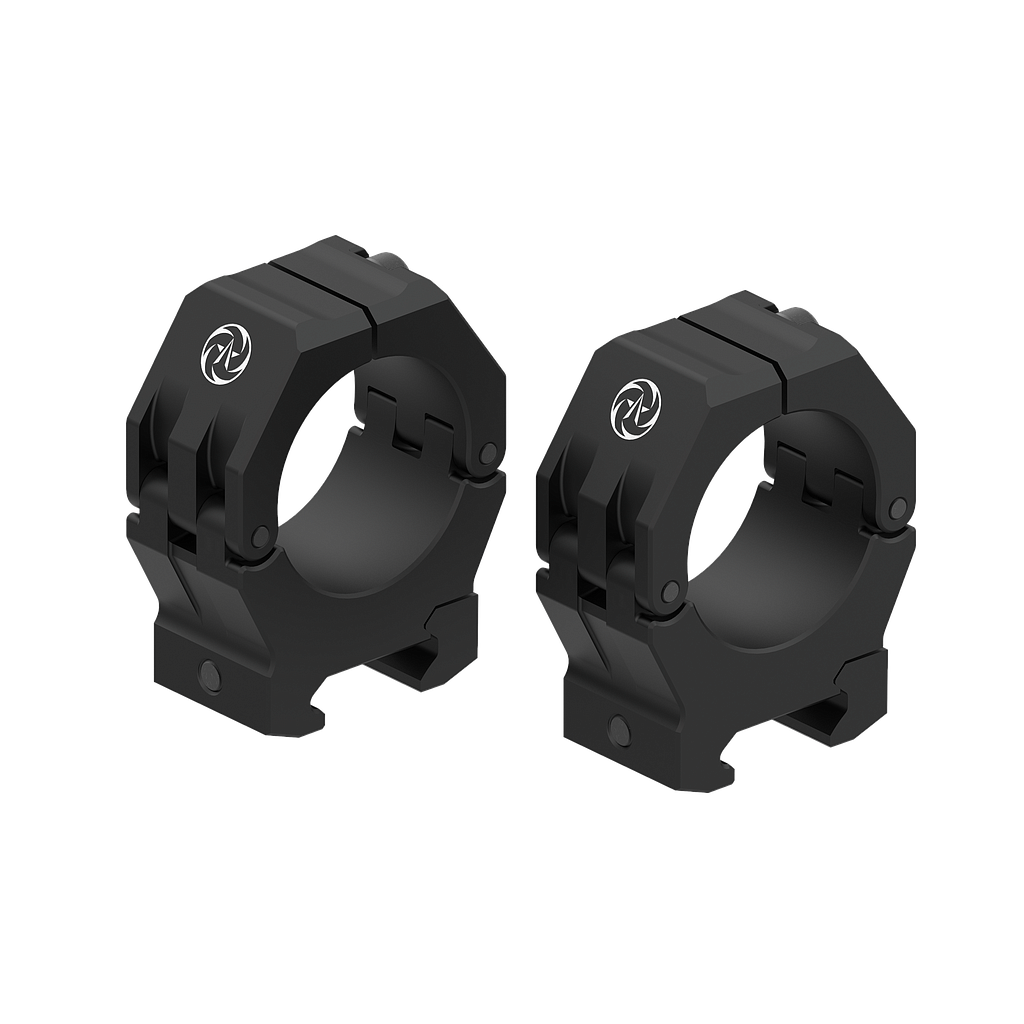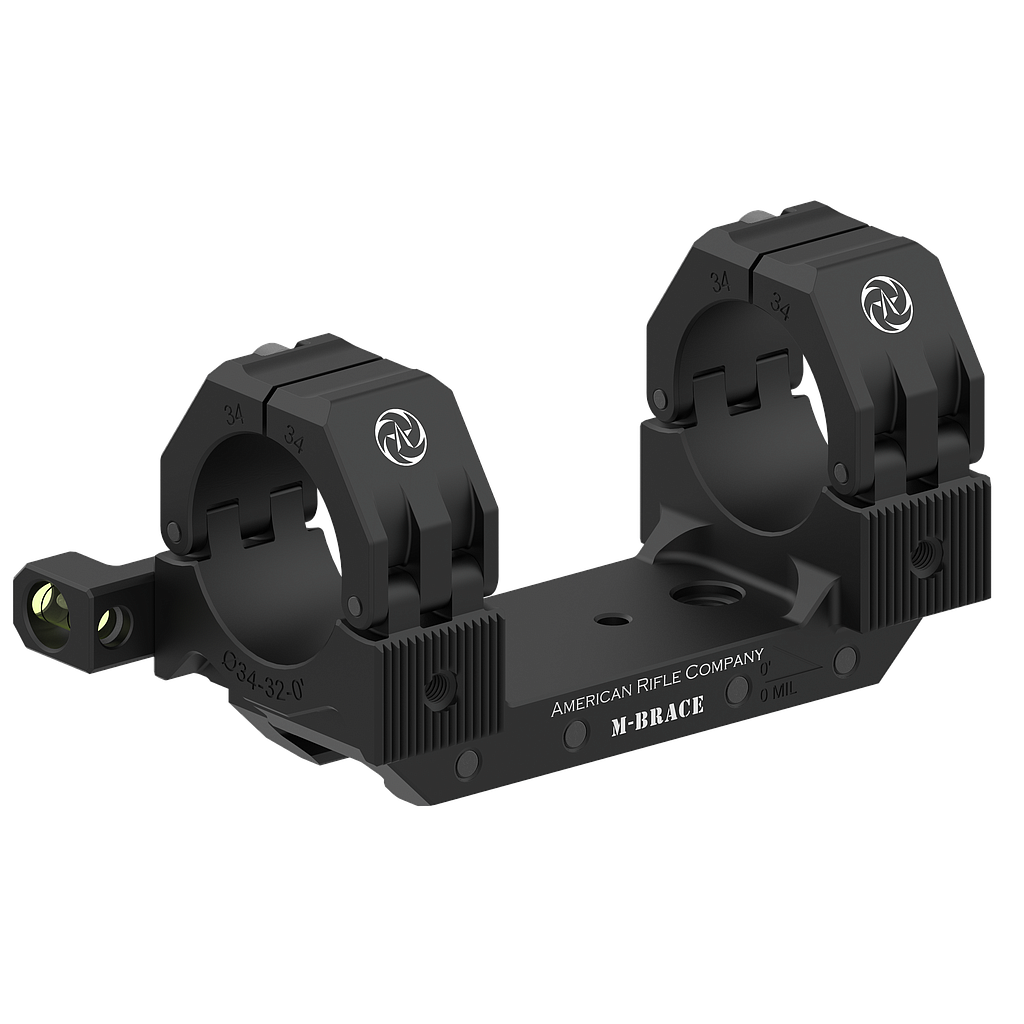I have spent the last decade getting my irons down and am fairly competent with them (I usually shoot 20 inch AR variants). I wanted to switch it up this year and get into magnified optics & bolt guns. With budget constraints the only thing I currently have to play with right now is an 18 inch Mossberg MVP in 5.56 and an older Ruger M77 Heavy Barrel. I want to work with the MVP first to learn about shooting with a magnified optic (fully understanding the limitations of the rifle). My first task is to mount a scope to the rifle, of which I had a 3-9x40 Leopold laying around. I read up on how to properly mount scopes and luckily, I already have the tools necessary. My setup is standard, I have the rifle vise setup in the garage, plumb line and light mounted to shine through the scope and the plumb line.
My first step was to level the rifle in the vise and I immediately ran into an issue that is not fully addressed in the many scope mounting tutorials. While trying to level the rifle I noticed that no two surfaces on the rifle appear parallel to each other. For example, the rifle has a factory 6 inch pic rail mounted to the receiver. However, I get almost a quarter bubble difference from the front of the rail to the back. Thinking I needed a better surface, I pull the stock and tried to level the barreled receiver using the various flats. However, I noticed that the flat machined parts of the receiver are not parallel to the pic rail and that got me wondering - exactly what part of the rifle should I plumb the scope to. Consider this:
I can get the scope as close to plumb to the earth as possible using an optical alignment method, but
- Is the scope plumb to the rings?
- Are the rings plumb to the mount/base?
- Is the mount/base plumb to the receiver?
- Is the receiver plumb to the stock?
- When holding the stock, is it plumb to the earth?
The constants here are the scope and the earth and that got me thinking. Does it really matter how plumb and true everything is if it all comes down to a fleshy human body holding the rifle and the eyeball determining its orientation to the earth? Assuming the scope is securely fixed to the rifle what is more important:
That the scope, base, receiver, stock are all plumb to one another?
-or-
The shooter orients the rifle the same way before every shot?
I would assume its the later and whole point of "plumbing it up" is to get the scope as true to the rifle as possible so the shooter has to compensate for orientation least before firing. Does that sound correct and all that being said - what is the best part of the rifle to level?
My first step was to level the rifle in the vise and I immediately ran into an issue that is not fully addressed in the many scope mounting tutorials. While trying to level the rifle I noticed that no two surfaces on the rifle appear parallel to each other. For example, the rifle has a factory 6 inch pic rail mounted to the receiver. However, I get almost a quarter bubble difference from the front of the rail to the back. Thinking I needed a better surface, I pull the stock and tried to level the barreled receiver using the various flats. However, I noticed that the flat machined parts of the receiver are not parallel to the pic rail and that got me wondering - exactly what part of the rifle should I plumb the scope to. Consider this:
I can get the scope as close to plumb to the earth as possible using an optical alignment method, but
- Is the scope plumb to the rings?
- Are the rings plumb to the mount/base?
- Is the mount/base plumb to the receiver?
- Is the receiver plumb to the stock?
- When holding the stock, is it plumb to the earth?
The constants here are the scope and the earth and that got me thinking. Does it really matter how plumb and true everything is if it all comes down to a fleshy human body holding the rifle and the eyeball determining its orientation to the earth? Assuming the scope is securely fixed to the rifle what is more important:
That the scope, base, receiver, stock are all plumb to one another?
-or-
The shooter orients the rifle the same way before every shot?
I would assume its the later and whole point of "plumbing it up" is to get the scope as true to the rifle as possible so the shooter has to compensate for orientation least before firing. Does that sound correct and all that being said - what is the best part of the rifle to level?





